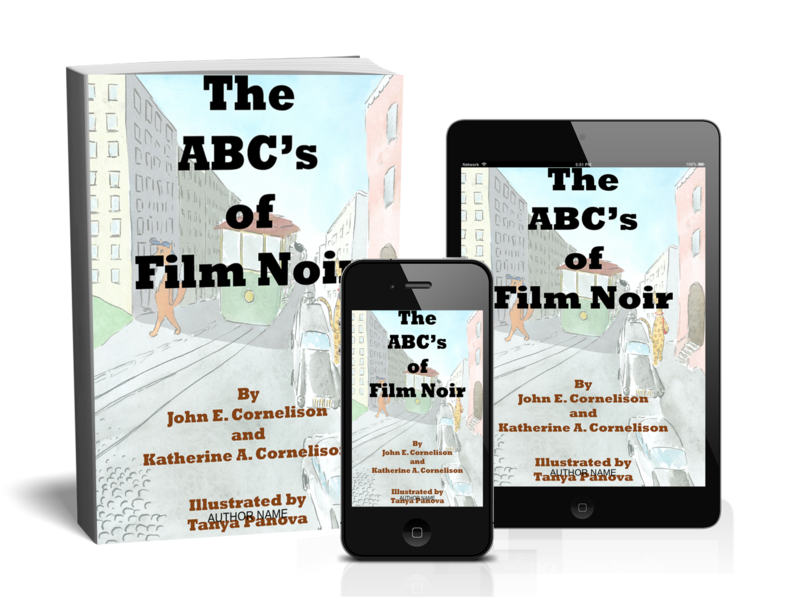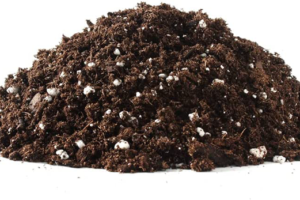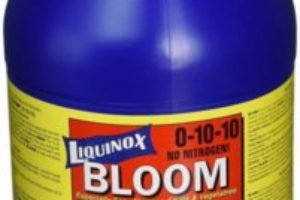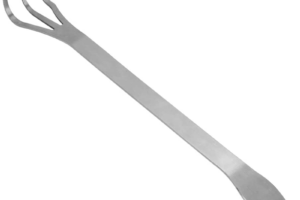All you need to know about Bonsai Pots
Bonsai pots play a crucial role in the art of bonsai. Not only do they serve as a visual aspect of the bonsai display, but they also serve a functional purpose in helping to maintain the health and vitality of the tree. In this blog post, we will take a closer look at the different types of bonsai pots, the factors to consider when choosing a bonsai pot, and why the right pot is so important for the success of your bonsai tree.

Types of Bonsai Pots:
There are several types of bonsai pots available, each with its own unique benefits and characteristics.
Glazed Pots:
Glazed pots are a type of bonsai pot that is coated with a layer of glaze. This glaze helps to protect the pot from moisture, making it ideal for outdoor bonsai trees. Glazed pots come in a variety of colors, allowing you to choose one that will complement the color of your tree or its surroundings.
Unglazed Pots:
Unglazed pots are a type of bonsai pot that does not have a glaze. This type of pot is often used for indoor bonsai trees, as it allows moisture to evaporate from the soil more easily. Unglazed pots come in a variety of colors, from neutral earth tones to bold hues, allowing you to choose one that will complement your tree and its surroundings.
Slab Pots:
Slab pots are a type of bonsai pot that is flat and rectangular in shape. This type of pot is often used for informal upright bonsai trees, such as maple or elm. Slab pots are often made from unglazed ceramic, although they can also be made from other materials, such as stone or wood.
Round Pots:
Round pots are a type of bonsai pot that is circular in shape. This type of pot is often used for formal upright bonsai trees, such as juniper or pine. Round pots are often made from unglazed ceramic, although they can also be made from other materials, such as stone or wood.
Factors to Consider When Choosing a Bonsai Pot:
There are several factors to consider when choosing a bonsai pot. These include size, color, shape, material, and drainage.
Size:
The size of your bonsai pot will depend on the size of your tree. It is important to choose a pot that is proportional to the tree, with a depth and width that will allow the tree’s roots to fit comfortably. A pot that is too small will limit the growth of your tree, while a pot that is too large will make the tree look unbalanced.
Color:
The color of your bonsai pot should complement the color of your tree and its surroundings. Neutral colors, such as brown or green, are often the best choice for outdoor bonsai trees, as they blend in with the natural surroundings. Bright colors, such as red or blue, are often used for indoor bonsai trees, as they help to add a pop of color to the room.
Shape:
The shape of your bonsai pot will depend on the style of your bonsai tree. Informal upright trees, such as maple or elm, are often planted in slab pots, while formal upright trees, such as juniper or pine, are often planted in round pots.
Material:
The material of your bonsai pot will depend on where you plan to display your tree. Outdoor bonsai trees are often planted in glazed ceramic pots, as the glaze helps to protect the pot from moisture. Indoor bonsai trees are often planted in unglazed ceramic pots, as they allow for better evaporation of moisture from the soil. Other materials, such as stone or wood, can also be used for bonsai pots, but they may not be as commonly available or as easy to find as ceramic pots.
Drainage:
Proper drainage is essential for the health of your bonsai tree. Bonsai pots should have drainage holes in the bottom to allow excess water to escape, preventing the soil from becoming waterlogged. It is also important to ensure that the pot has a tray or saucer to catch any excess water that drains out of the pot.
Why the Right Bonsai Pot is Important:
The right bonsai pot is important for several reasons. First, it helps to maintain the health and vitality of your bonsai tree by providing proper drainage and allowing for proper evaporation of moisture from the soil. Second, it helps to create a visually appealing display by complementing the color of your tree and its surroundings. Third, it helps to balance the tree and maintain its proportions, allowing it to look its best.
In conclusion, choosing the right bonsai pot is a crucial aspect of the art of bonsai. Consider the size, color, shape, material, and drainage when choosing a pot for your bonsai tree, and make sure to choose a pot that is proportional to the tree and that will allow for proper drainage. With the right bonsai pot, you can help to ensure the health and longevity of your bonsai tree, while also creating a visually appealing display.







Leave a Reply
Your email is safe with us.
You must be logged in to post a comment.